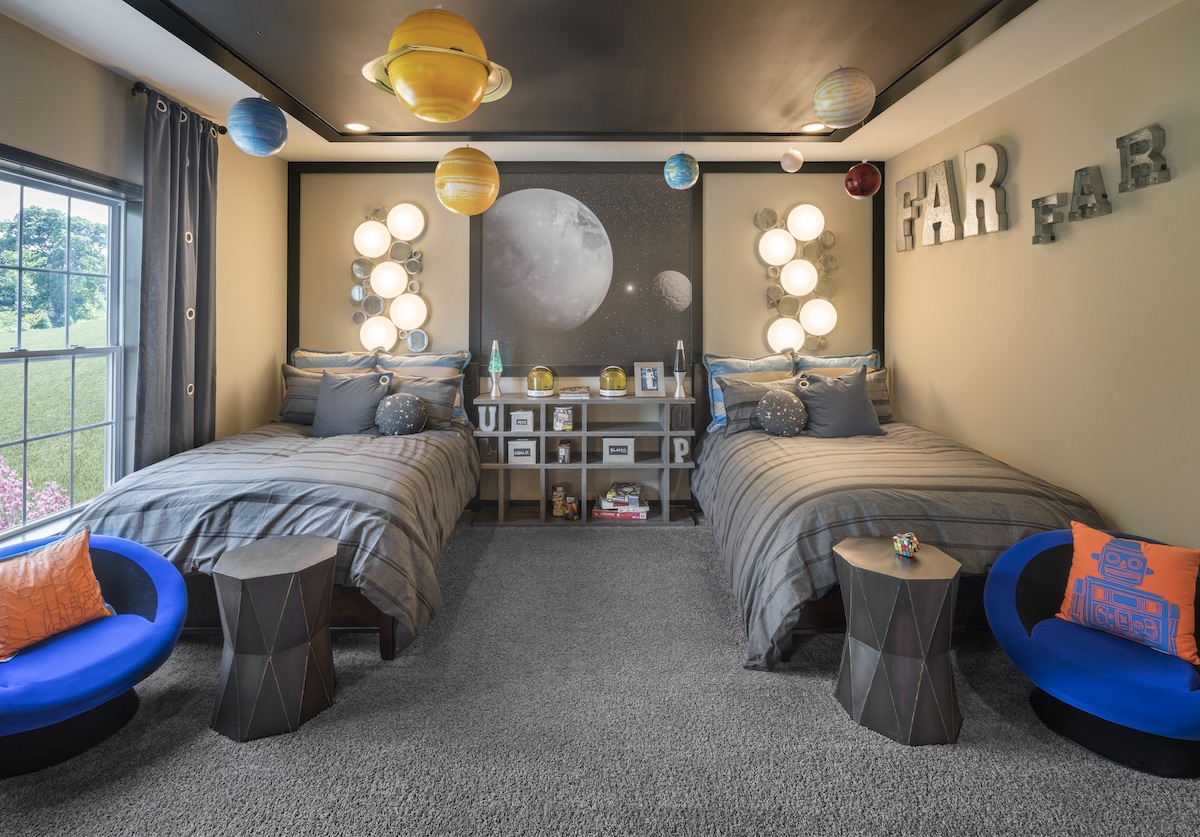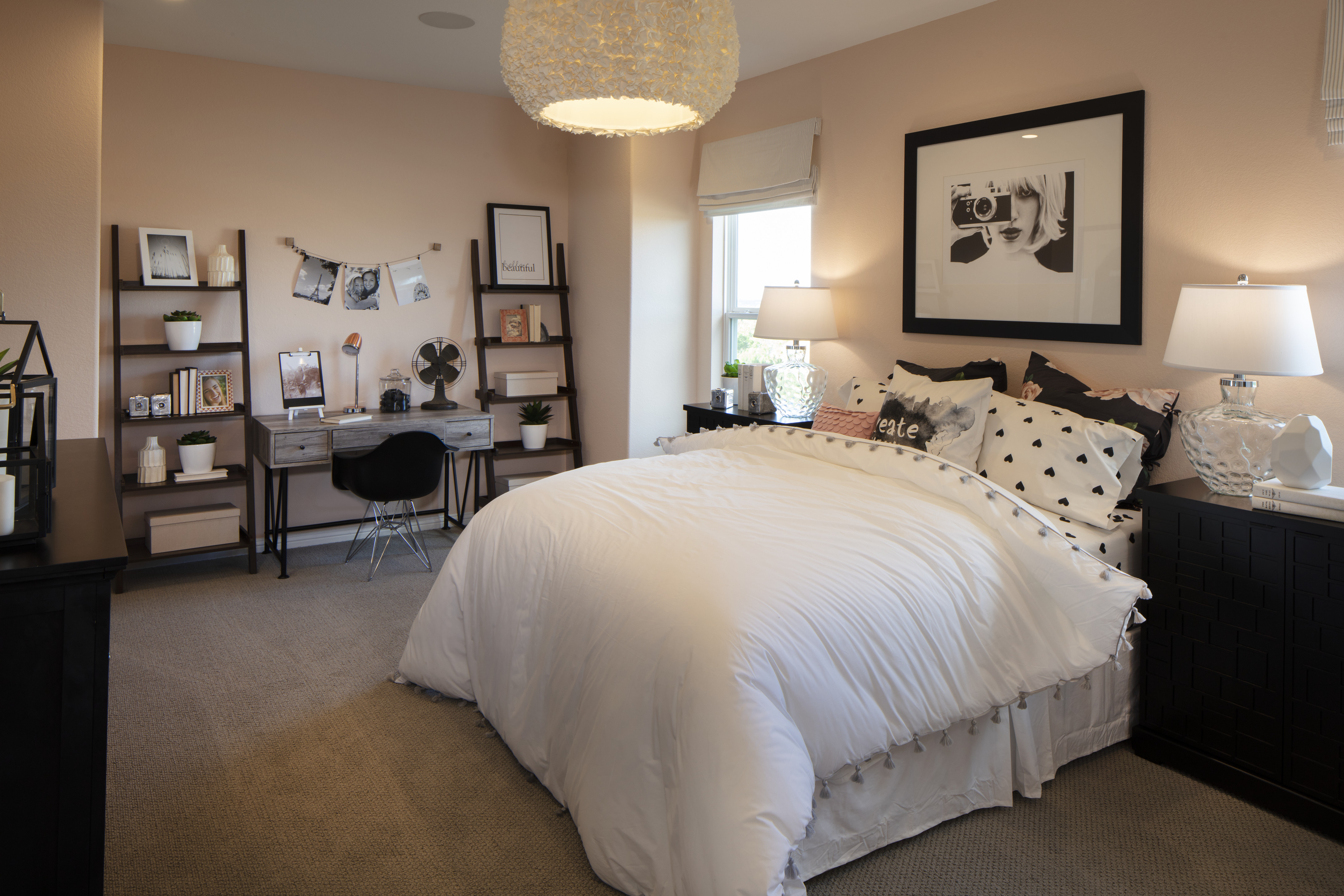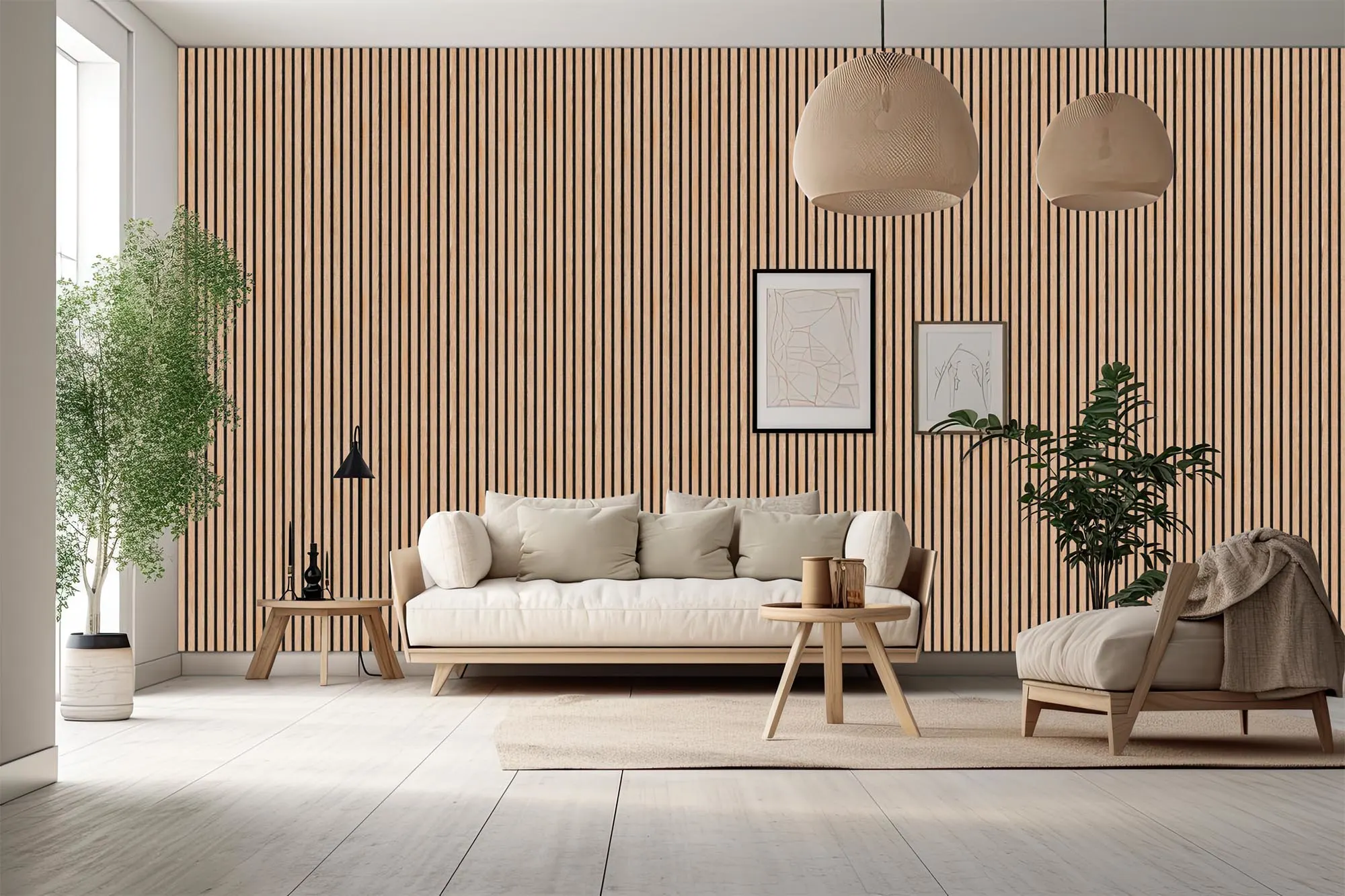Table of Content
- Kids Room Lighting Options: Bright Ideas for Your Kid's Space
- 1. Understanding the Importance of Kids Room Lighting
- 2. Types of Lighting for Kids Rooms
- 3. Choosing the Right Bulbs
- 4. Safety Considerations for Kids Room Lighting
- 5. Creative Lighting Ideas for Kids Rooms
- 6. Lighting Tips for Different Age Groups
- 7. Smart Lighting for Kids Rooms
Kids Room Lighting Options: Bright Ideas for Your Kid's Space
Creating the perfect lighting scheme for your child's room can significantly impact their comfort, safety, and overall mood. Kids room lighting isn't just about functionality; it's also about sparking creativity, promoting relaxation, and ensuring a restful night's sleep. In this guide, we'll explore various kids room lighting options to help you design a space that's both practical and enchanting.
1. Understanding the Importance of Kids Room Lighting
Before diving into the different types of lighting options, it's essential to understand why kids room lighting is so important. Proper lighting can influence a child's mood, behavior, and even health. A well-lit room can:
- Enhance concentration during study time.
- Create a soothing atmosphere for bedtime.
- Reduce the risk of accidents and improve safety.
- Encourage play and creativity.
2. Types of Lighting for Kids Rooms
When planning the lighting for your child's room, it's important to consider three main types of lighting: ambient, task, and accent lighting.

a) Ambient Lighting
Ambient lighting is the general lighting that illuminates the entire room. It serves as the primary light source and should provide a comfortable level of brightness without being harsh. Common options include:
- Ceiling Lights: Flush-mount or semi-flush mount fixtures are great for ambient lighting. They provide ample light and are available in various designs that can match your child’s room decor.
- Pendant Lights: Hanging pendant lights can add a stylish touch to the room. They work well in spaces with higher ceilings and can serve as a focal point.
b) Task Lighting
Task lighting is essential for activities that require focused light, such as reading, studying, or playing. This type of lighting should be bright enough to reduce eye strain but not overpowering. Options include:
- Desk Lamps: A desk lamp with adjustable brightness is perfect for study time. Look for lamps with flexible necks that allow you to direct the light where it's needed most.
- Bedside Lamps: A bedside lamp is ideal for bedtime stories or late-night reading. Choose a lamp with a soft glow and a dimmer switch to adjust the brightness.
Also Read: 10 Festive Janmashtami Decoration Ideas to Brighten Your Home
c) Accent Lighting
Accent lighting adds a decorative element to the room and can create a cozy, inviting atmosphere. It’s often used to highlight specific areas or features in the room. Options include:
- Night Lights: Night lights provide a soft, reassuring glow that helps children feel safe during the night. They are available in various shapes and colors, adding a fun element to the room.
- String Lights: String lights are a popular choice for adding a magical touch to the room. They can be draped over the bed, around windows, or along the walls to create a whimsical effect.
3. Choosing the Right Bulbs
The type of bulb you choose for kids room lighting can significantly impact the room's ambiance. Here are some factors to consider:
a) Brightness and Wattage
For general lighting, a bulb with a wattage of 60-100 watts is usually sufficient. For task lighting, opt for brighter bulbs around 75-100 watts. Always ensure that the brightness is adjustable to suit different needs.
b) Color Temperature
The color temperature of a bulb is measured in Kelvin (K) and determines the warmth or coolness of the light. For kids rooms, it's best to use bulbs with a warm color temperature (2700K-3000K) to create a cozy and inviting atmosphere.
c) LED vs. Incandescent Bulbs
LED bulbs are energy-efficient, long-lasting, and come in various colors and brightness levels. They are an excellent choice for kids room lighting. Incandescent bulbs, while providing a warm light, are less energy-efficient and have a shorter lifespan.

4. Safety Considerations for Kids Room Lighting
When selecting lighting options for your child’s room, safety should be a top priority. Here are some safety tips to keep in mind:
- Secure Fixtures: Ensure that all lighting fixtures are securely installed and out of reach of young children.
- Shatterproof Bulbs: Use shatterproof bulbs in fixtures where breakage could pose a risk.
- Cord Management: Keep cords neatly tucked away and use cord covers to prevent tripping hazards.
- Night Light Safety: Choose night lights that don’t overheat and have automatic shut-off features.
5. Creative Lighting Ideas for Kids Rooms
Adding a creative touch to your child’s room lighting can make their space more enjoyable and unique. Here are some fun ideas:
a) Themed Lighting
Consider themed lighting fixtures that match your child's interests. For example, a space-themed room might feature a star-shaped ceiling light or a planet-shaped bedside lamp.
b) Glow-in-the-Dark Elements
Incorporate glow-in-the-dark elements into the room. These could be stickers on the ceiling or walls or even glow-in-the-dark light switches.
c) Interactive Lighting
Interactive lighting, such as touch-sensitive lamps or color-changing LED lights, can make the room more engaging for your child. These lights can be adjusted to create different moods and settings.
Also Read: Best Orange Two Colour Combination For Bedroom Walls
6. Lighting Tips for Different Age Groups
The lighting needs of a child’s room can change as they grow. Here’s how to adapt your lighting choices based on age:
a) Infants and Toddlers
For this age group, soft, ambient lighting is essential. Night lights are particularly useful for nighttime feedings and diaper changes. Opt for lights with dimmer switches to create a calming environment.
b) Preschoolers
As children start to explore and play, task lighting becomes important. Ensure that the room is well-lit with bright, yet soft, ambient lighting. Add fun and interactive lighting elements to stimulate their imagination.
c) School-Aged Children
School-aged children need a balance of task and ambient lighting. A good desk lamp is crucial for homework and reading. Consider adding accent lighting to create a cozy space where they can relax.
d) Teenagers
Teenagers might prefer more sophisticated lighting options. Consider modern pendant lights or stylish floor lamps. They might also enjoy having control over their lighting with smart bulbs that can change color and intensity.
7. Smart Lighting for Kids Rooms
With the rise of smart home technology, smart lighting has become a popular choice for kids rooms. Smart lighting allows you to control the brightness, color, and timing of lights from your smartphone or voice-controlled devices like Alexa or Google Home. Benefits include:
- Customizable Settings: You can set the lighting to match your child’s daily routine, from wake-up time to bedtime.
- Energy Efficiency: Smart bulbs are typically more energy-efficient, saving on electricity bills.
- Fun and Interactive: Kids can have fun controlling the lights, changing colors, and creating different moods.
Also Read: Top 6 gorgeous pooja room ceiling design ideas











Ans 1. A combination of ambient, task, and accent lighting is best. It ensures that the room is well-lit for all activities while creating a cozy and inviting atmosphere.
Ans 2. Use a bright desk lamp with adjustable brightness for study areas. Ensure the ambient lighting is soft but sufficient to avoid eye strain.
Ans 3. Yes, LED lighting is safe and energy-efficient. It emits less heat and has a longer lifespan compared to traditional bulbs.
Ans 4. Consider using themed lights, glow-in-the-dark stickers, or interactive lamps to make the room fun and engaging for toddlers.
Ans 5. Opt for warm color temperatures (2700K-3000K) to create a cozy and relaxing environment.